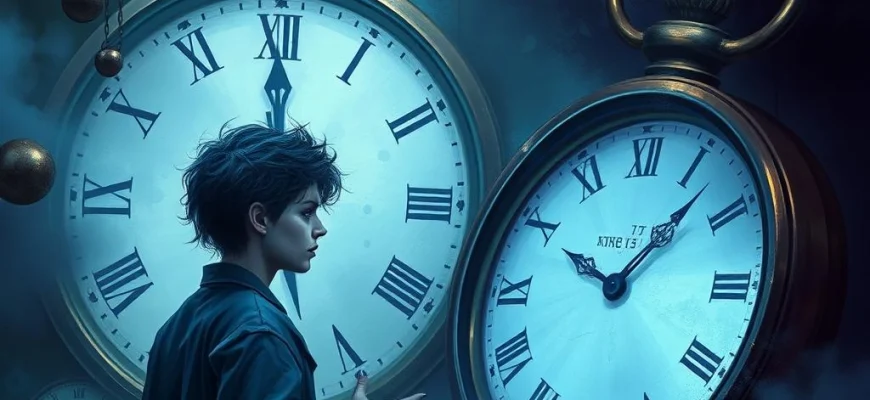If you were captivated by the philosophical depth and surreal storytelling of 'Youth Without Youth' (2007), you'll love these 10 similar movies and shows. This article explores films that share themes of time, identity, and existential mystery, offering a rich cinematic experience for fans of thought-provoking narratives.
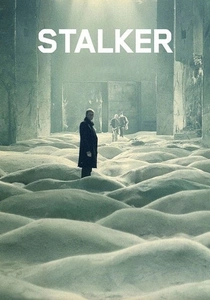
Stalker (1979)
Description: A philosophical and visually arresting film that delves into themes of desire, faith, and the unknown, set in a mysterious, otherworldly zone.
Fact: The film was shot twice because the original footage was ruined during development. The Zone was filmed in abandoned industrial sites in Estonia.
 Watch Now
Watch Now 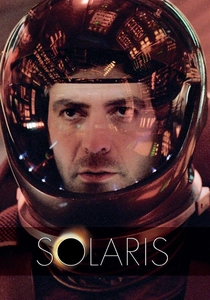
Solaris (2002)
Description: A slow-paced, introspective science fiction film that explores themes of memory, love, and the nature of reality through its mysterious, psychological narrative.
Fact: The film is a remake of the 1972 Soviet film of the same name. It features a haunting score by composer Cliff Martinez.
 Watch Now
Watch Now 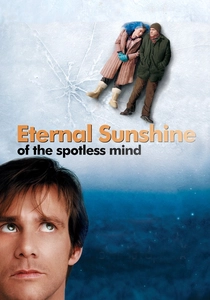
Eternal Sunshine of the Spotless Mind (2004)
Description: A unique blend of science fiction and romance that explores memory, identity, and the pain of love through a fragmented, dreamlike narrative.
Fact: The film's script was inspired by a real-life medical procedure that could erase traumatic memories. The visual effects were achieved using practical in-camera techniques rather than CGI.
 Watch Now
Watch Now 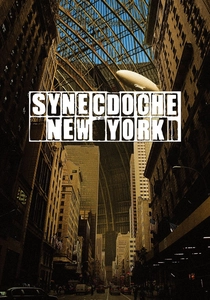
Synecdoche, New York (2008)
Description: A deeply meta and ambitious film that examines the nature of art, life, and mortality through a constantly evolving, labyrinthine narrative.
Fact: The film's title is a play on words, combining 'synecdoche' (a figure of speech) with 'Schenectady,' a city in New York. It was the directorial debut of its screenwriter.
 Watch Now
Watch Now 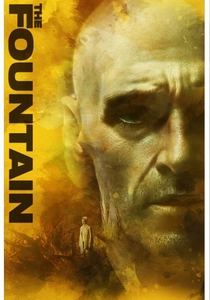
The Fountain (2006)
Description: A visually stunning film that explores themes of love, mortality, and the search for eternal life through a non-linear narrative structure.
Fact: The film's production was delayed multiple times, and the final version was significantly scaled down from its original vision. The special effects were achieved using microscopic photography of chemical reactions.
 Watch Now
Watch Now 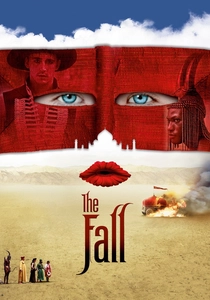
The Fall (2006)
Description: A visually breathtaking film that blurs the line between reality and fantasy, telling a story within a story with rich, dreamlike imagery and emotional depth.
Fact: The film was shot in over 20 countries over a period of four years. The director funded much of the production himself after struggling to secure traditional financing.
 Watch Now
Watch Now 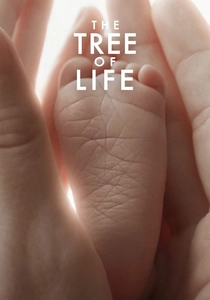
The Tree of Life (2011)
Description: A poetic and visually stunning meditation on life, death, and the origins of the universe, told through a mix of personal memory and cosmic imagery.
Fact: The film includes actual footage of the birth of the universe, created with the help of astrophysicists. It won the Palme d'Or at the Cannes Film Festival.
 Watch Now
Watch Now 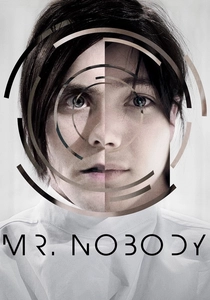
Mr. Nobody (2009)
Description: A complex, non-linear narrative that explores the concept of parallel lives and the infinite possibilities of human existence, blending science fiction with deep philosophical questions.
Fact: The film was in development for nearly a decade before production began. It features a mix of practical effects and CGI to create its surreal visuals.
 Watch Now
Watch Now 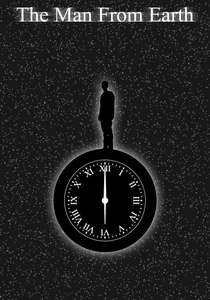
The Man from Earth (2007)
Description: A thought-provoking, dialogue-driven film that delves into philosophical questions about immortality, history, and human nature, all set in a single room.
Fact: The film was shot in just a few weeks on a very low budget. It was written by Jerome Bixby, who also wrote episodes for the original Star Trek series.
 Watch Now
Watch Now 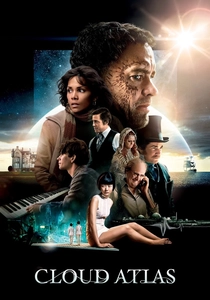
Cloud Atlas (2012)
Description: An ambitious, multi-layered narrative that weaves together stories across different time periods, exploring themes of reincarnation, interconnectedness, and the human spirit.
Fact: The film features the same actors playing multiple roles across different timelines, often under heavy makeup. It was one of the most expensive independent films ever made at the time of its release.
 Watch Now
Watch Now 
